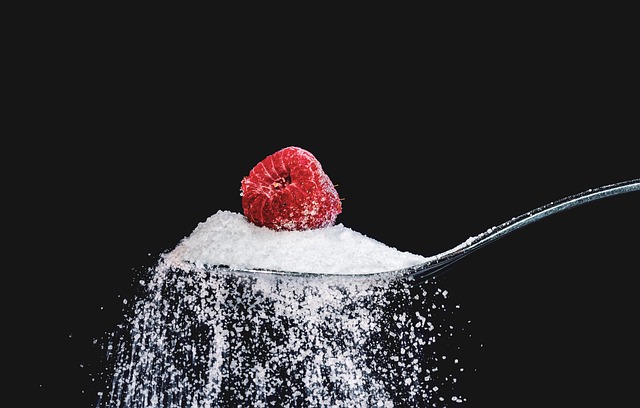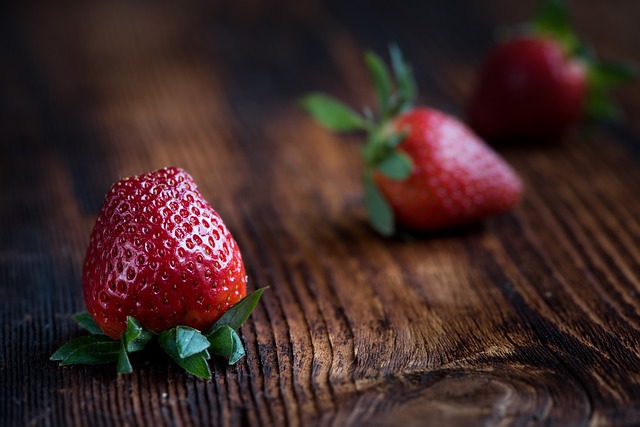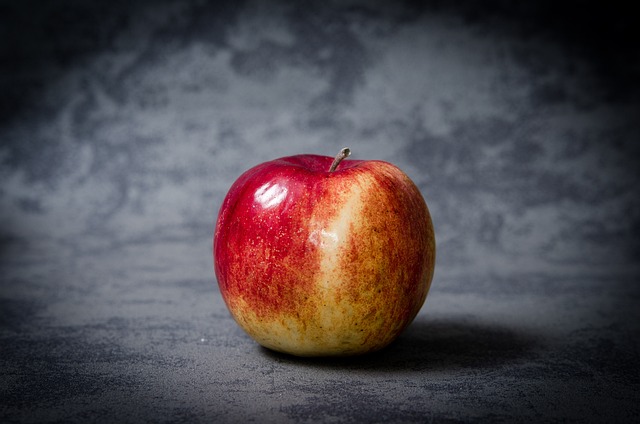The Probiotic Journey: Understanding the Pathway from Production to Supplementation
The world of probiotics has seen significant growth and popularity in recent years. These beneficial microorganisms are gaining recognition for their potential health benefits, supporting digestive health, immune function, and more. But have you ever wondered about the journey these probiotics take from production to supplementation? In this article, we’ll explore the pathway that brings probiotics from the lab to your daily routine.
Step 1: Isolation and Identification of Strains
The journey begins with scientists isolating and identifying specific strains of bacteria or yeasts. Probiotics come in various strains, each with unique characteristics and potential health benefits. Research teams meticulously analyze different samples, such as fermented foods or human specimens, to identify potential probiotic strains.
Step 2: Laboratory Cultivation
Once the desired probiotic strains are identified, they undergo laboratory cultivation. Scientists carefully reproduce and grow these strains by providing optimal environments for their development. This step is crucial to ensure a consistent and reliable source of probiotics for further processing.
Step 3: Quality Assurance and Testing
Before probiotic products hit the market, rigorous quality assurance and testing take place. These tests verify the viability, potency, and purity of the probiotic strains. Some common tests include evaluating the number of viable organisms, ensuring the absence of harmful contaminants, and verifying that the strains remain stable throughout the production process.
Step 4: Product Formulation
Once the probiotic strains pass the quality control tests, they are ready for product formulation. Here, different strains may be combined to create a multi-strain formula, as various strains offer different benefits. In addition to the probiotic strains, other ingredients such as prebiotics or protective coatings may be added to enhance the formulation’s effectiveness and stability.
Step 5: Manufacturing
The manufacturing process involves turning the formulated probiotics into various product formats, such as capsules, tablets, powders, or beverages. Depending on the formulation, the manufacturing process may include encapsulating the probiotics, blending them with other ingredients, or freeze-drying them to extend shelf life. Manufacturers follow strict guidelines and adhere to Good Manufacturing Practices (GMP) to ensure the quality and safety of the final product.
Step 6: Packaging and Labeling
Once the production is complete, the next step is packaging and labeling. Probiotic products are packaged in a way that protects them from moisture, light, and other factors that can compromise their quality. The labels include necessary information such as the strain names, recommended dosage, storage instructions, and expiration dates. It is essential to follow these guidelines to maximize the effectiveness of the probiotics.
Step 7: Storage and Distribution
Proper storage and distribution play a crucial role in maintaining the viability of probiotics. The final products are stored in controlled environments to preserve their potency until they reach customers. Manufacturers follow strict protocols to ensure that the probiotics stay alive and active during transportation and storage.
Step 8: Supplementation
Finally, the probiotics reach the consumers. Probiotic supplements are designed to provide a convenient and consistent way to incorporate these beneficial bacteria into daily routines. Whether in the form of capsules, tablets, or powders, consumers can easily access the recommended dosage and introduce probiotics into their diet for potential health benefits.
Conclusion
The journey from probiotic production to supplementation involves multiple critical steps to ensure the quality and effectiveness of the final product. From isolation and identification to manufacturing and distribution, each stage plays a vital role in bringing probiotics to your doorstep. Understanding this pathway gives us a deeper appreciation for the science and technology behind these beneficial microorganisms.







